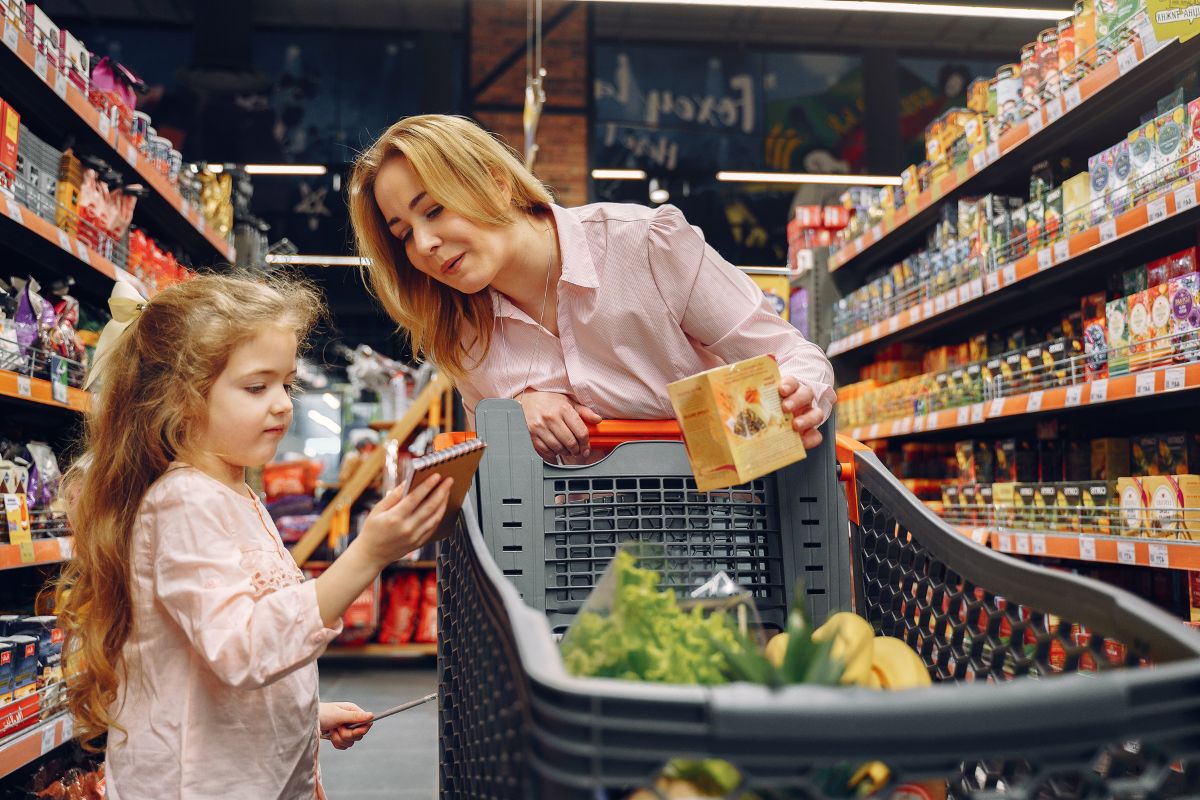Grocery Stores in the United States

Grocery stores are more than just places to pick up milk and bread. In the United States, they play a central role in how people live, eat, and connect with their communities. From neighborhood markets to massive chains, these stores shape everything from meal plans to food trends. Whether you’re grabbing ingredients for a quick dinner or exploring new products, your local store is part of a much larger story.
For families, students, busy professionals, and seniors alike, grocery stores are part of a routine that brings structure and convenience to daily life. But not all stores are built the same. Some cater to budget shoppers, others offer premium products, and some focus on local and organic items. As people move across cities, states, or economic brackets, their grocery habits shift too.
What This Article Covers
- The role of grocery stores in American life
- A look at major chains and regional favorites
- How preferences vary by community and location
- The rise of specialty and online grocery shopping
The Backbone of Every Community
Across the country, grocery stores serve as anchors for neighborhoods. They provide access to food, basic household supplies, and even local news. Many stores become community hubs, where shoppers regularly run into friends, catch up with cashiers, or grab a coffee before starting their shopping. In rural areas, a single store might be the only food source for miles.
Large cities offer more options, but even there, proximity and price shape where people shop. Whether it’s a discount chain or a family-owned shop, every store brings value to its surrounding area.
National Chains That Shape Habits
Names like Walmart, Kroger, and Safeway are familiar to many. These major chains reach across multiple states and serve millions each week. Their wide range of products, regular promotions, and loyalty programs influence how people budget and what ends up on their dinner tables.
Walmart leads the pack in terms of volume, offering both food and general merchandise. Kroger, with its many brand names (like Fred Meyer and King Soopers), blends traditional grocery shopping with pharmacy services and fuel perks. Then there’s Target, which continues to expand its food sections in select locations, adding to the mix of grocery choices for busy shoppers.
Regional Favorites with Local Flavor
While national chains get a lot of attention, many people remain loyal to regional favorites. Stores like Publix in the Southeast, H-E-B in Texas, Wegmans in the Northeast, and WinCo in the West offer something special. These stores build strong local followings by staying close to community values, supporting local suppliers, and offering customer service that feels more personal.
In areas where one of these stores dominates, it’s common to hear locals recommend them to newcomers or argue that their hometown brand is the best in the country.
The Growth of Specialty Stores
Alongside traditional grocery stores, specialty markets have gained serious ground. Trader Joe’s, for example, wins over customers with curated products and quirky branding. Whole Foods, now owned by Amazon, appeals to those looking for organic or diet-specific items.
These stores often offer a more selective experience. Shoppers come for niche products they can’t find elsewhere or for a different vibe than what’s offered at big-box chains. This approach builds loyalty among customers who care about sourcing, sustainability, or simply love trying new snacks.
Discount Grocers and Their Growing Popularity
Not everyone is shopping for gourmet ingredients or artisan goods. Stores like Aldi and Save-A-Lot focus on providing basic items at lower prices. These grocers often carry private-label brands, smaller selections, and simpler store layouts.
Despite the minimalism, they meet a huge demand. In times of inflation or economic stress, budget-friendly options become even more vital. Many families rely on these stores for their weekly meals, and that trust builds strong, lasting relationships between stores and customers.
Cultural and Ethnic Markets Add Diversity
In many communities, local grocery stores cater to specific cultural groups. These shops offer foods, spices, and ingredients that are hard to find elsewhere. Whether it’s a Korean supermarket in California, a Mexican market in Texas, or a Halal butcher in Michigan, these stores serve both culinary and cultural needs.
They’re not just stores—they’re lifelines for people wanting to stay connected to their roots or introduce their families to traditional meals. These markets often double as gathering spots, especially during holidays and cultural festivals.
Technology Is Changing the Way People Shop
Online grocery shopping has become more common, especially after the pandemic. Services like Instacart, Amazon Fresh, and Walmart+ allow people to order food from home and have it delivered to their door. While some miss the tactile experience of picking out their produce, others enjoy the convenience and time-saving aspect.
Apps and digital coupons are now part of many stores’ ecosystems. Customers can track deals, build shopping lists, and even scan items for self-checkout. The shift toward tech isn’t replacing traditional stores, but it’s certainly adding new layers to the experience.
Sustainability and Local Sourcing
A growing number of shoppers are paying attention to where their food comes from. Many grocery stores now label items that are locally sourced or sustainably produced. Some even host seasonal farmers’ markets in their parking lots or partner with nearby farms.
Reusable bags, compostable packaging, and less food waste are also part of the shift. Customers, especially younger ones, often prioritize brands and stores that align with their environmental values.
What Shoppers Really Want
Across all types of grocery stores, people are looking for three things: convenience, value, and quality. That might mean affordable prices for one shopper, while another focuses on high-end meats or plant-based products. Some shoppers like a wide selection, others prefer smaller stores with quick lines.
No matter the preference, grocery stores continue to adapt. Whether it’s through loyalty apps, better customer service, or expanded delivery options, they’re always working to meet the changing habits of the people they serve.
Grocery stores in the United States offer far more than food. They reflect culture, class, and even geography. From coast to coast, people rely on them not just to eat, but to stay connected to community, family, and tradition. Whether you shop weekly, daily, or once a month, chances are your local store is part of your life in ways you may not even realize.





